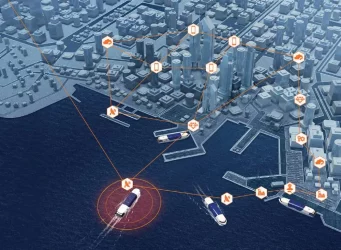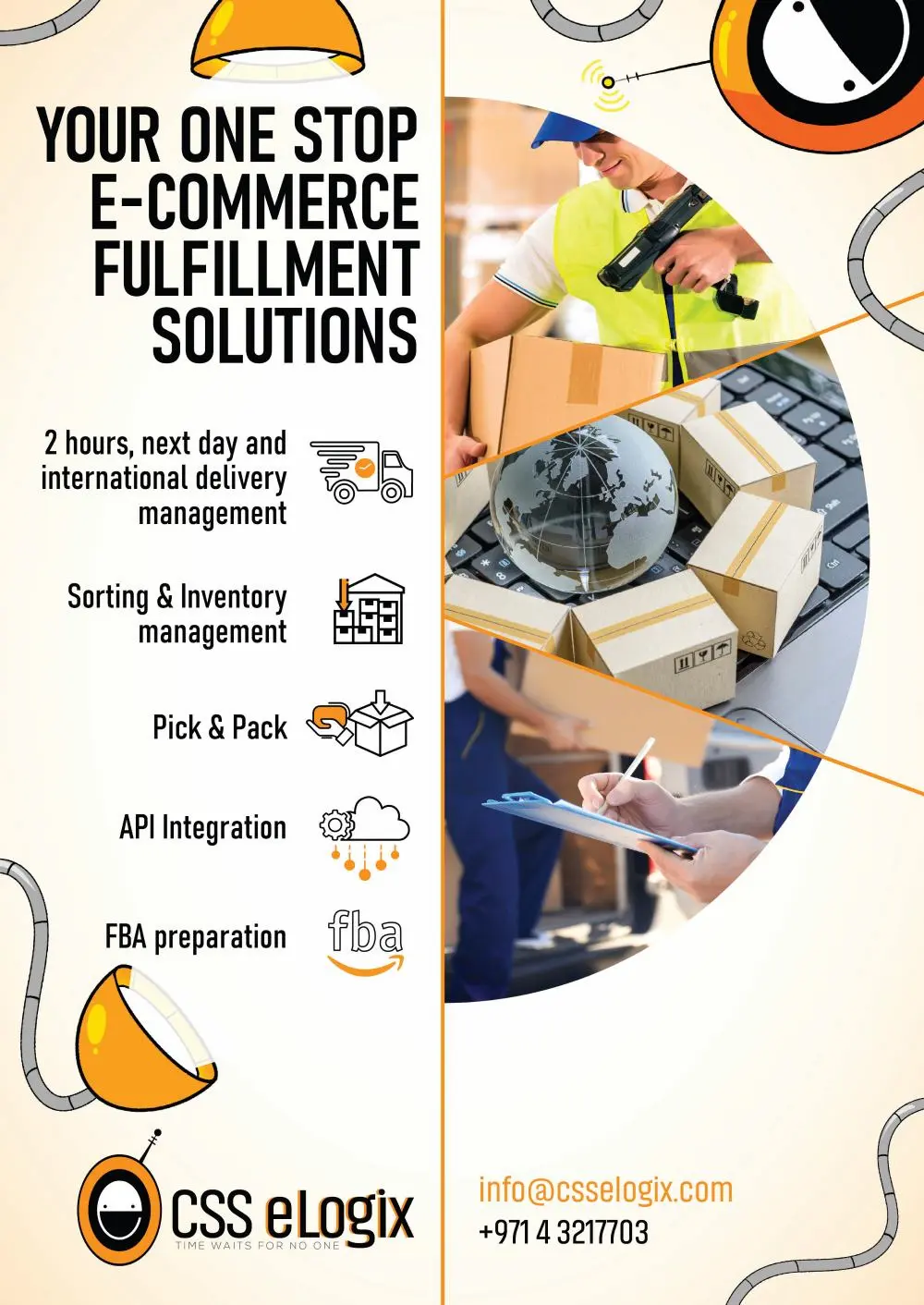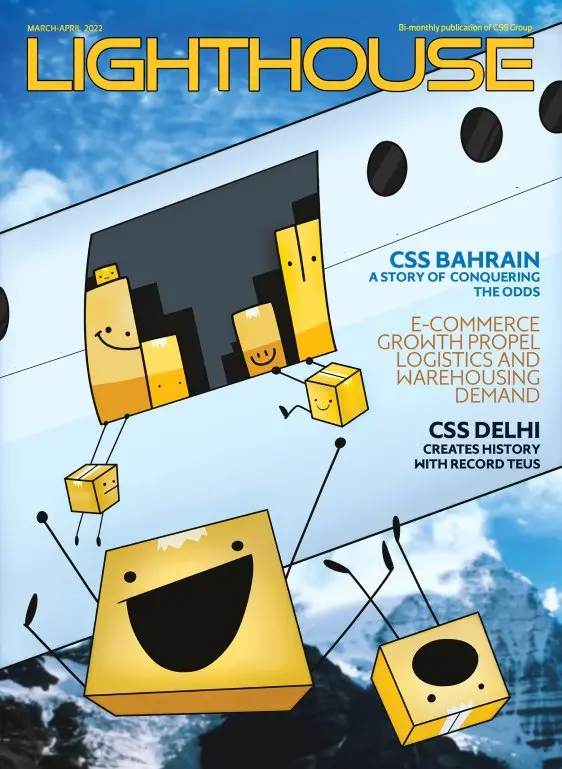
On 8th January, CSS rolled out a series of cricket tournaments for our employees. The matches were held at the Vision Cricket Center, Hatta Road in Dubai.
Most of the matches were played as limited over a series of 8 overs. A truly exciting event for CSS, the tournament was a breath of fresh air for the employees after the pandemic-induced restrictions and lockdowns of the past two years.
There were four promising teams with striking names representing various departments of the CSS family. The teams are:
The teams were:
1. CSS DXB Royal Strikers
2. JAFZA Super Giants
3. CKL Panthers
4. ISS Mission Squad
The most awaited final and the losers finals of the CSS in-house cricket tournament were held on 20th February 2022. JAFZA Super Giants and ISS Mission Squad won two matches of the six league matches. While both CSS DXB Royal Strikers and CKL Panthers won one match.
Scintillating Finals
The grand finale was slated to be played between ISS Mission Squad and JAFZA Super Giants and losers finals between CKL Panthers and CSS DXB Royal Strikers. The grand final was a limited ten-over match. It kickstarted at 2.52 pm, with the JAFZA Super Giants winning the toss and choosing to field. The ISS Mission squad’s batting department was on fire. Yaseem Baleem’s 42 runs from just 17 balls and his five massive sixes put ISS on its winning path. He was well assisted by Anoop, who took 23 runs from 14 balls. ISS Mission squad put up an impressive 112 /7 after ten overs. Vipin Ashok of JAFZA was their star bowler with three wickets in his kitty.
With a massive total on the board by the ISS batsmen, the bowler had to match the score! The ISS’s bowlers were as proficient as their batsmen. Balraj and Sanil took 4 and 3 wickets, respectively. Added to this, Balraj’s tight bowling, with an economy of 4.50 per over, won him the “Player of the Match.” ISS Mission squad restricted JAFZA to 67/9 after ten overs. Muhammed Rowmahs (JAFZA Super Giants) put up a total run tally of 15 runs from 6 balls but could not see his team through!
ISS Mission Squad was indeed on a “mission” that won them the Grand finale by 45 runs.

The Losers Finals
The losers finals took place between CSS DXB Royal Strikers and CKL Panthers. Both teams showed good batting, bowling, and fielding skills. CSS DXB Royal Striker, who won the toss, elected to field. Nadeer and Gopan of CKL performed well in the batting and bowling departments. Outstanding bowling by Shibu and Sadaqat (CSS DXB) combined with fielding performance by the team restricted CKL Panthers to 71/4 in 8 overs. But it was the batting prowess of CSS DXB Strikers that outshined. Harshith Haridas Harish and Mohammed Aksan put 68 runs on the board.CSS DXB Strikers achieved 72 runs in 5.4 overs with just the loss of 2 wickets. Harshith Haridas Harish was the match player for his 38 runs of 19 balls. CSS DXB Striker took third place in the series with an eight-wicket victory.
The tournament’s best batsman was awarded to Muhammed Rowmahs of JAFZA Super Giants with a total run tally of 139 runs in 3 matches played. He held an impressive average of 69.5 runs. His highest run-scorer for the tournament was 64. Indeed, an asset in the batting department. The bowler of the tournament was Yaqoob. His total wicket haul was eight wickets in 4 matches placed. His economy rate was about 5.50 runs—a brilliant bowler for the ISS Mission squad. The fielder of the tournament was Krishna, with a total of six dismissals. He was the most agile and athletic player in the tournament in team CSS DXB Royal Strikers.
The tournament’s most valuable player was Yaqoob (ISS Mission Squad), showing exemplary skill in all three departments -batting, bowling, and fielding!
The league matches before the Grande Finals were played on 8th February. The highlights of these matches are as below:
Stellar Show by ISS Mission Squad
The series kicked off with CSS DXB Royal Strikers and ISS Mission Squad matches. Team ISS Mission Squad won the toss and opted to field.CSS DXB scored 56/6. By the end of 4.1 overs, ISS achieved this target and lost only one wicket. ISS mission won the match by nine wickets. Balraj of ISS Mission was declared the match player because of his excellent performance in both batting and bowling departments with 26 runs and two wickets.
JAFZA Super Giants Puts A “Giant” Performance
In the match between JAFZA Super Giants and CKL Panthers, team CKL who won the toss elected to field. JAFZA Super Giants put up a “giant” score of 137 in 8 overs. CKL Panthers managed only 72 for 5 wickets by the end of 8 overs. JAFZA Super Giants won the match by 65 runs. Hafiz Shezad was adjudged the man of the match.
 A Tight Contest Between Royal Strikers and The Panthers
A Tight Contest Between Royal Strikers and The Panthers
In the match between CSS DXB Royal Strikers versus CKL Panthers, CKL opted to field after winning the toss. In 8 overs, the Strikers had 66 runs with six wickets down. CSS DXB team could not restrict CKL from achieving 70/5 in 6.3 overs. CKL Panthers won the match by five wickets. Sreerag was the player in this match.
JAFZA Super Giants’ Winning Streak
Post lunch, the matches resumed, JAFZA Super Giants played against ISS Mission Squad. ISS Mission Squad won the toss, and they elected to field. They scored 100/6 at the end of 8 overs. JAFZA limited ISS scoring to 72/5 in 8 overs. JAFZA Super Giants won this match by 28 runs. ISS Mission Squad Hafiz Shakoor with 22 runs and Yaqoob’s impressive haul of 5 wickets could not see ISS Mission through. The player of the match was Muhammed Rowmahs of JAFZA Super Giants.
ISS Mission’s Smashing Win
By around 4 pm, another match was played between ISS Mission Squad and CKL Panthers. CKL Panthers again won the toss and were ready to field. This was a highscoring match, with ISS Mission scoring a big score of 123/2 in the eight overs, but team CKL Panthers scored only 106/7 after eight overs. Vishnu of ISS Mission was adjudged as the player of the match.
 Consistency Wins the Game for Royal Strikers
Consistency Wins the Game for Royal Strikers
The final match was played between JAFZA Super Giants versus CSS DXB Royal Strikers. However, this was six over match. JAFZA Super Giants, who won the toss, elected to bat. JAFZA Super Giants scored 78/3 in the six overs. But it was CSS DXB Royal Strikers’ consistent batting and bowling performance that won them the match at 79/3 in 5.4 overs. Bitto was named the player of the game. Indeed, that was a nail-biting finish to the last of the matches.
Team sport is a powerful fuel for bonding and inculcates discipline and teamwork. At CSS, we believe that these types of team sports will boost employee engagement and help in de-stressing work pressure.
 We have set sail into 2022, and we brace ourselves for challenging yet exciting opportunities that will come our way. Covid-19 and its evolving variants will remain a central variable as we steer through. It is reasonable to predict that the longer the pandemic lasts, longer will be disruptions in ocean supply chains, and freight rates will continue to stay exceptionally high.
We have set sail into 2022, and we brace ourselves for challenging yet exciting opportunities that will come our way. Covid-19 and its evolving variants will remain a central variable as we steer through. It is reasonable to predict that the longer the pandemic lasts, longer will be disruptions in ocean supply chains, and freight rates will continue to stay exceptionally high.


 How to Create a Respectful Environment in the Workplace?
How to Create a Respectful Environment in the Workplace? 

 A Tight Contest Between Royal Strikers and The Panthers
A Tight Contest Between Royal Strikers and The Panthers Consistency Wins the Game for Royal Strikers
Consistency Wins the Game for Royal Strikers 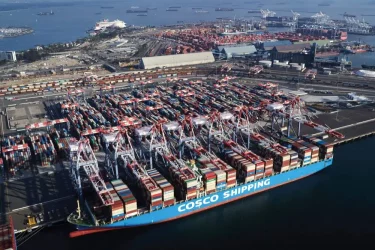
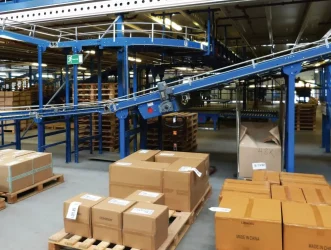



 Software developers are creating a significant breakthrough, working hand in hand with shipping companies. Software experts have come up with the concept of driverless trucks to meet the driver shortage woes faced by the shipping industry. With the onset of the COVID pandemic, shipping companies have been among the worst hit. Like JB Hunt Transport Services Inc., Uber Technologies Inc., and FedEx Corp., a few big-timers have been testing automated trucks. This new solution seems to be a long-term solution to an intractable labor problem.
Software developers are creating a significant breakthrough, working hand in hand with shipping companies. Software experts have come up with the concept of driverless trucks to meet the driver shortage woes faced by the shipping industry. With the onset of the COVID pandemic, shipping companies have been among the worst hit. Like JB Hunt Transport Services Inc., Uber Technologies Inc., and FedEx Corp., a few big-timers have been testing automated trucks. This new solution seems to be a long-term solution to an intractable labor problem.

